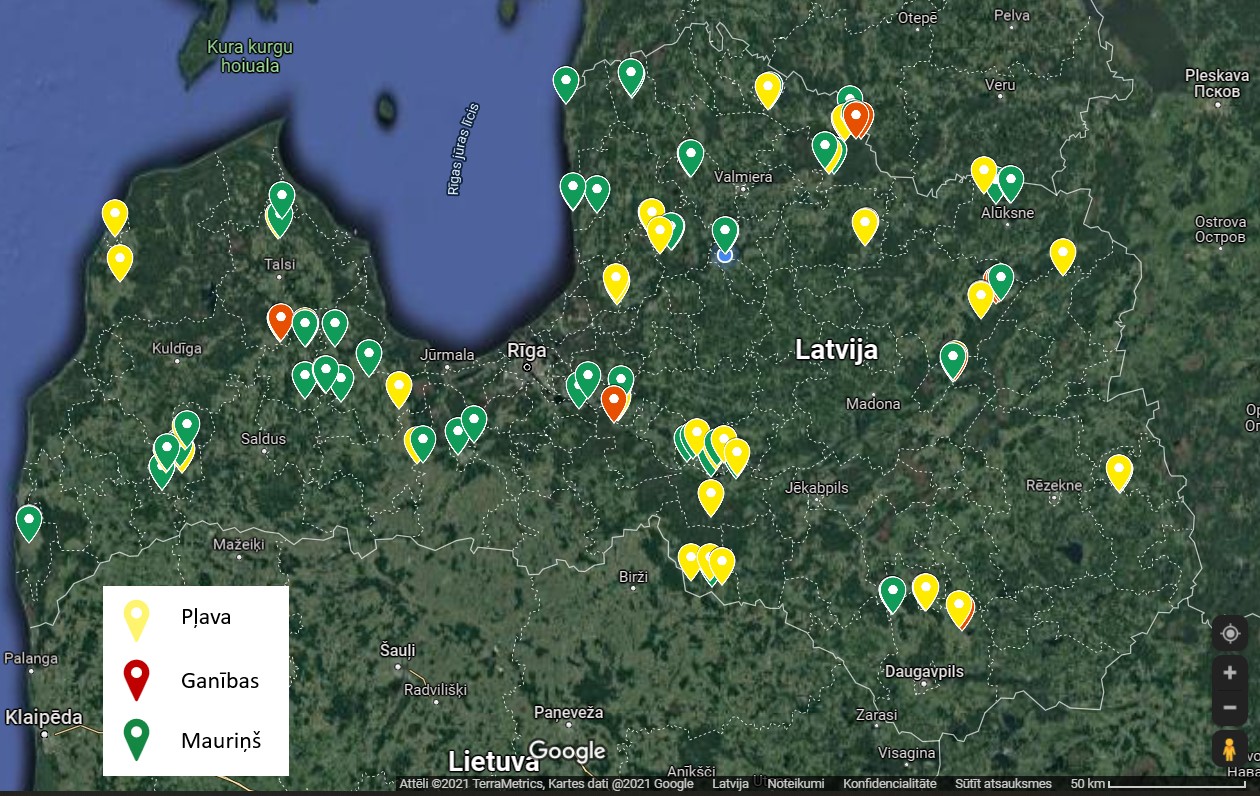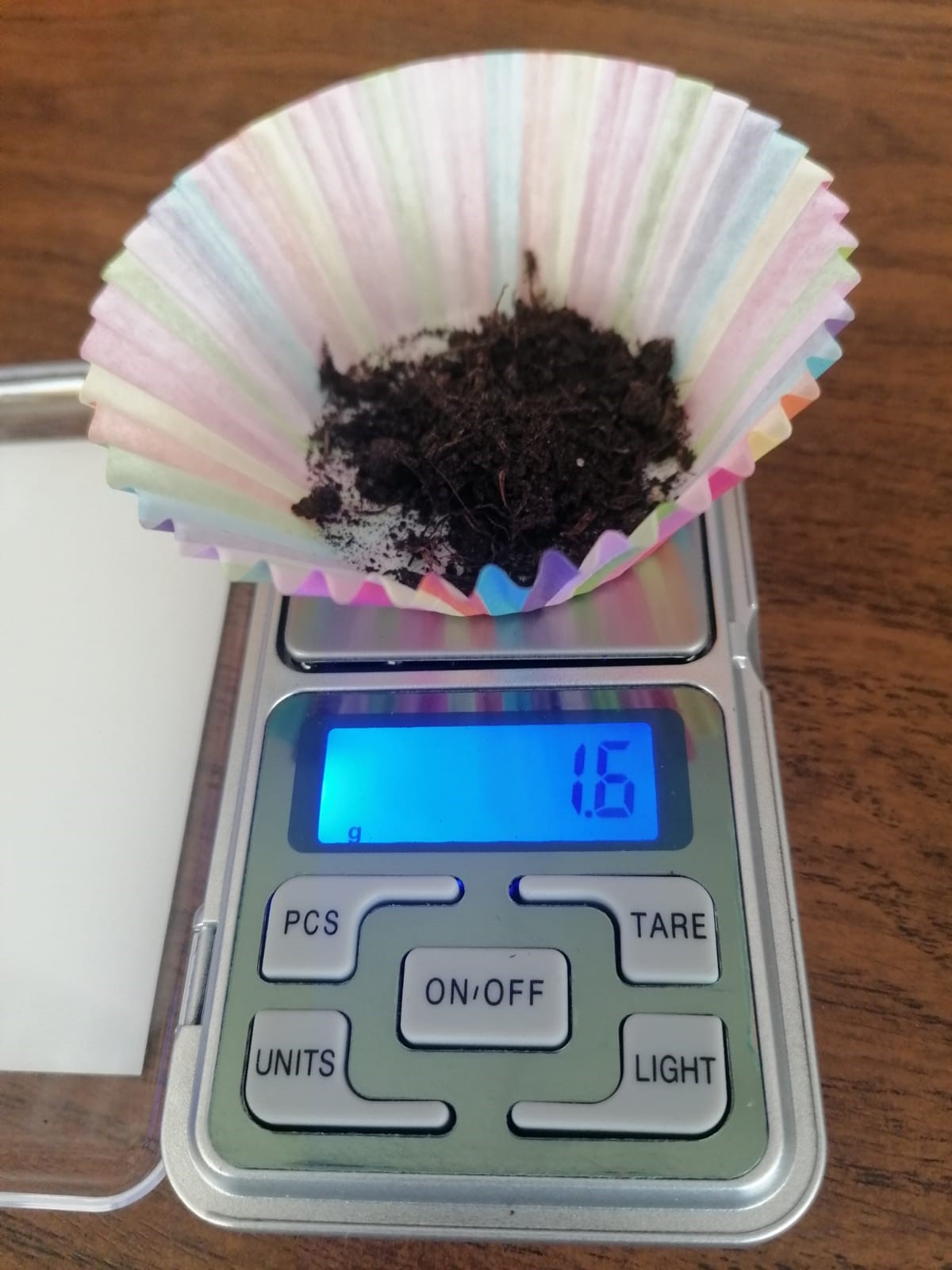The data obtained in the campaign were evaluated and analysed by Raimonds Kasparinskis, Associate Professor and Leading Researcher at Faculty of Geography and Earth Sciences, University of Latvia. From the obtained data, it is concluded that the green tea bags have lost weight the most. Therefore, green tea decomposes faster in the soil than red tea. This result was anticipated – because the wood particles that make up significant amount of the red tea mass are mainly broken down by soil fungi. This process is slower than the breakdown of the leaves in green tea, which is mainly performed by soil bacteria.
In clay soils, the tea in the bags was broken down less – this is due to fine clay particles significantly retarding organic matter and moisture, thus slowing down the circulation of biological substances in the soil. The type of grassland management (pasture, lawn or meadow) did not show a significant effect on the weight loss of green tea. However, red tea was more decomposed in the pasture grasslands. This means that pastures generally have a more active decomposition and circulation of organic matter in the soil than in meadows or lawns, and have more diverse soil biology, which ensures the active processing of organic matter and the circulation of nutrients. In terms of regionality, Latgale stood out the most. The weight of tea bags in Latgale had changed less than in other regions of Latvia. It could be attributed to the fact that the hot and dry summer in Latgale was more pronounced, inhibiting the circulation of organic matter and the activity of soil organisms.













